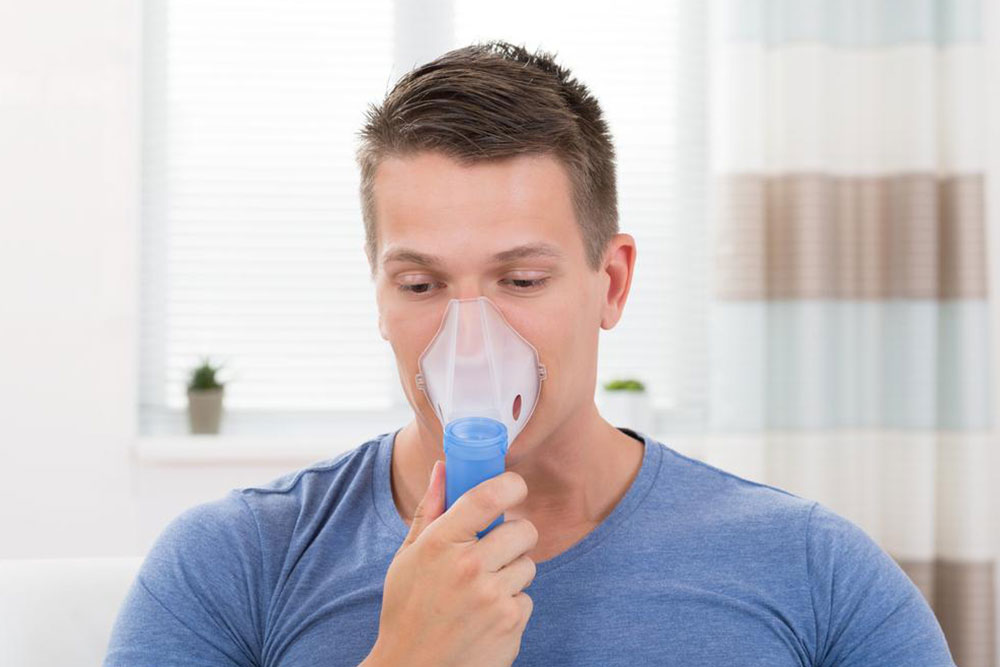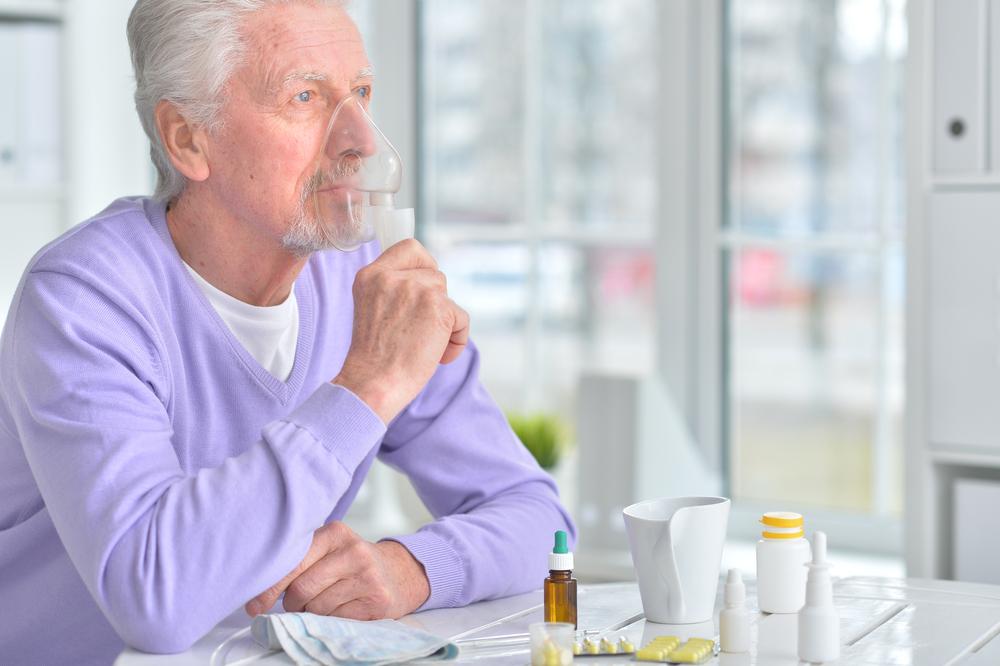Innovations in Oxygen Delivery for COPD Care
This article explores recent advancements in oxygen therapy for COPD management, emphasizing long-term use, delivery methods, and safety precautions. It highlights how optimized oxygen treatment improves survival and quality of life for COPD patients, with practical tips on oxygen delivery systems and monitoring techniques.

Innovations in Oxygen Delivery for COPD Care
For over sixty years, oxygen therapy has been essential in managing Chronic Obstructive Pulmonary Disease (COPD). Its primary aim is to supply oxygen-enriched air to support breathing, especially during physical activity. For patients with ongoing low blood oxygen levels—known as chronic hypoxemia—long-term oxygen therapy significantly improves survival and quality of life. It helps reduce breathlessness and prevents complications like right-sided heart failure. Oxygen can be supplied through concentrators, liquid forms, or cylinders, with portable options available for mobility and travel purposes.
Consistent oxygen supplementation improves patient outcomes and longevity. It is recommended that patients wear oxygen equipment for at least 15 hours daily, maintaining oxygen saturation levels between 88% and 92%. Pulse oximetry is used to fine-tune oxygen flow, typically through nasal prongs at 2-3 L/min or masks providing 25-28% oxygen. During COPD flare-ups, combining bronchodilators with 6 L/min oxygen flow shows better results, ensuring careful monitoring to prevent issues like CO2 buildup. Proper use and safety precautions are essential, especially at home.


